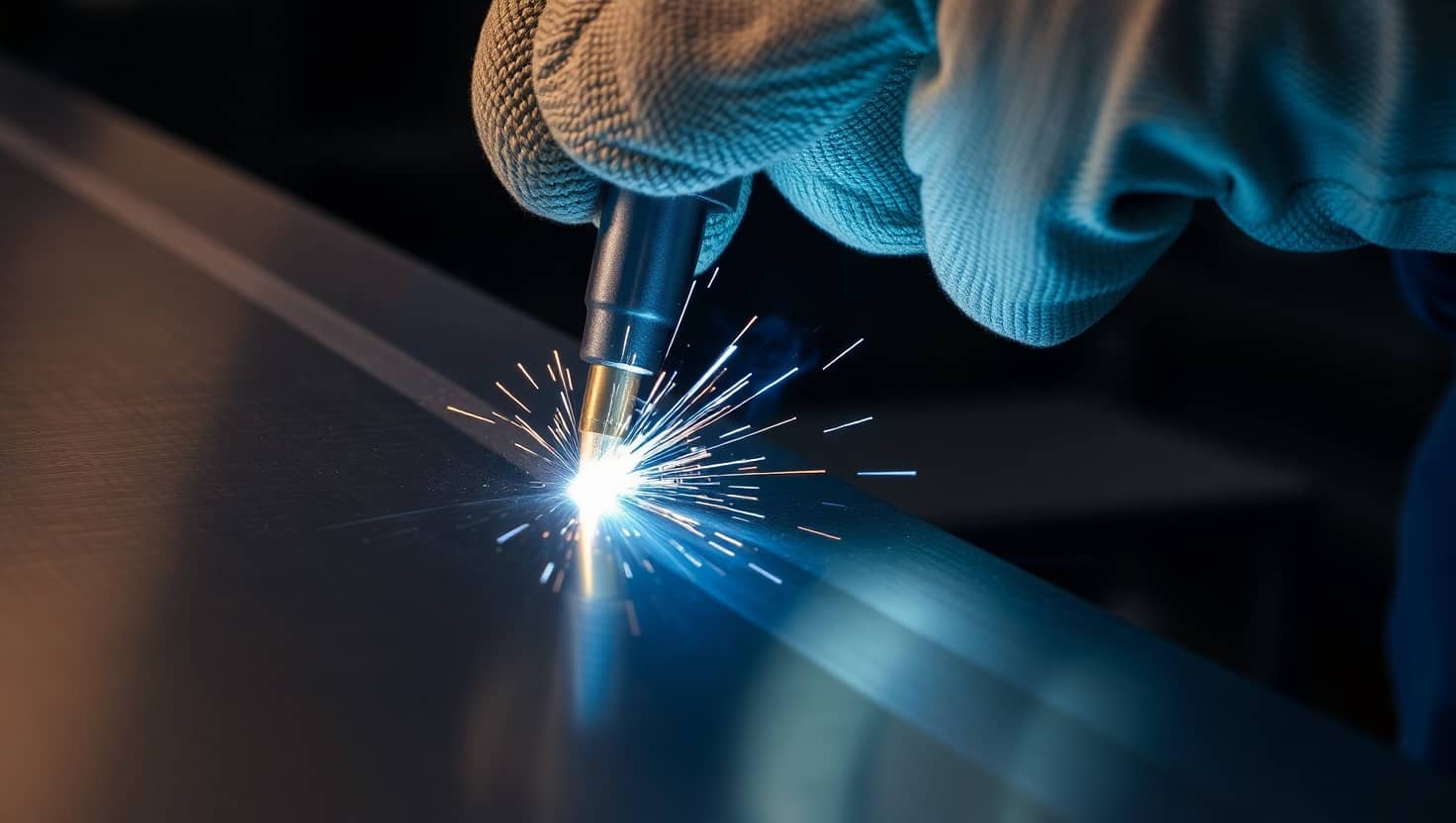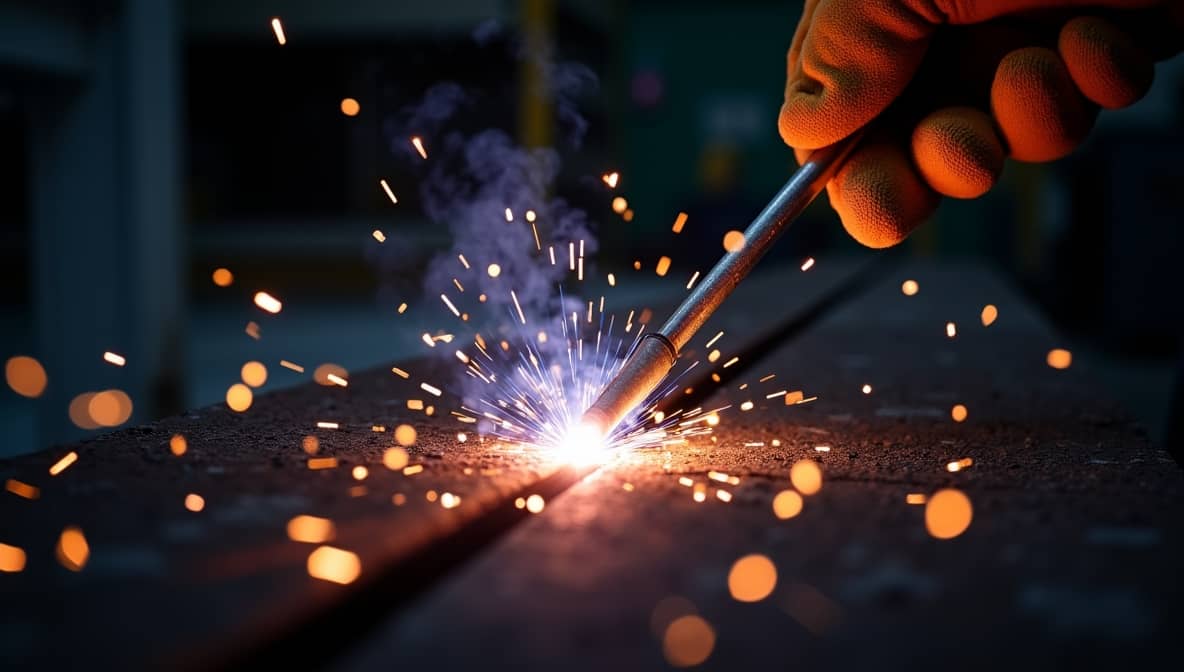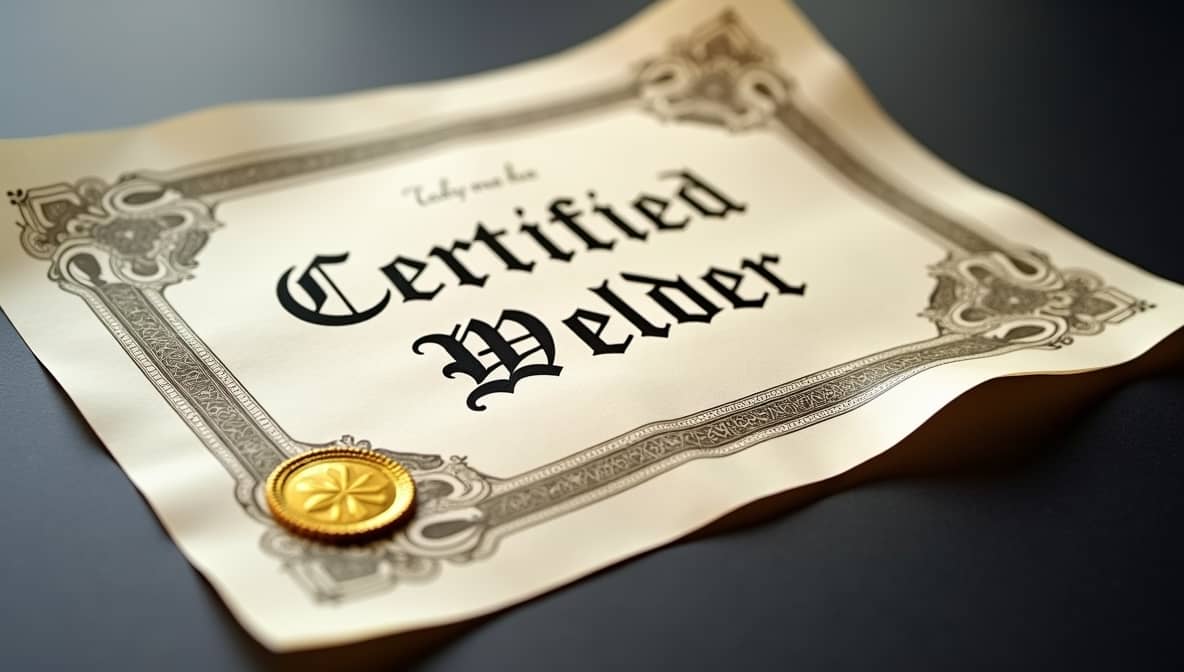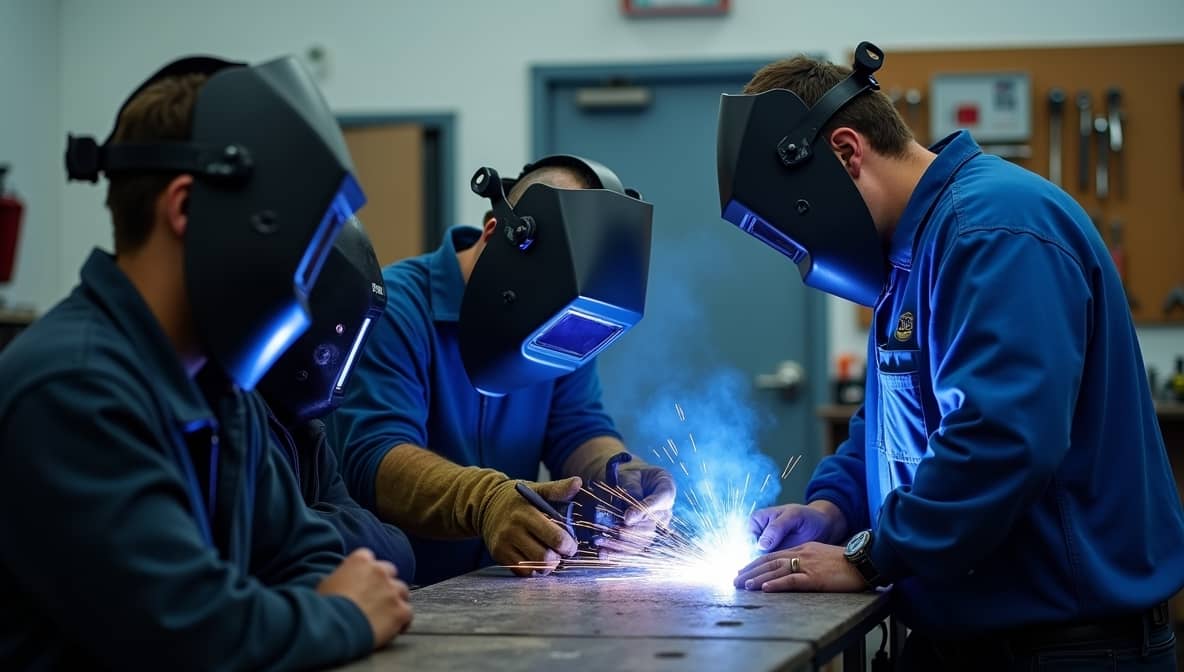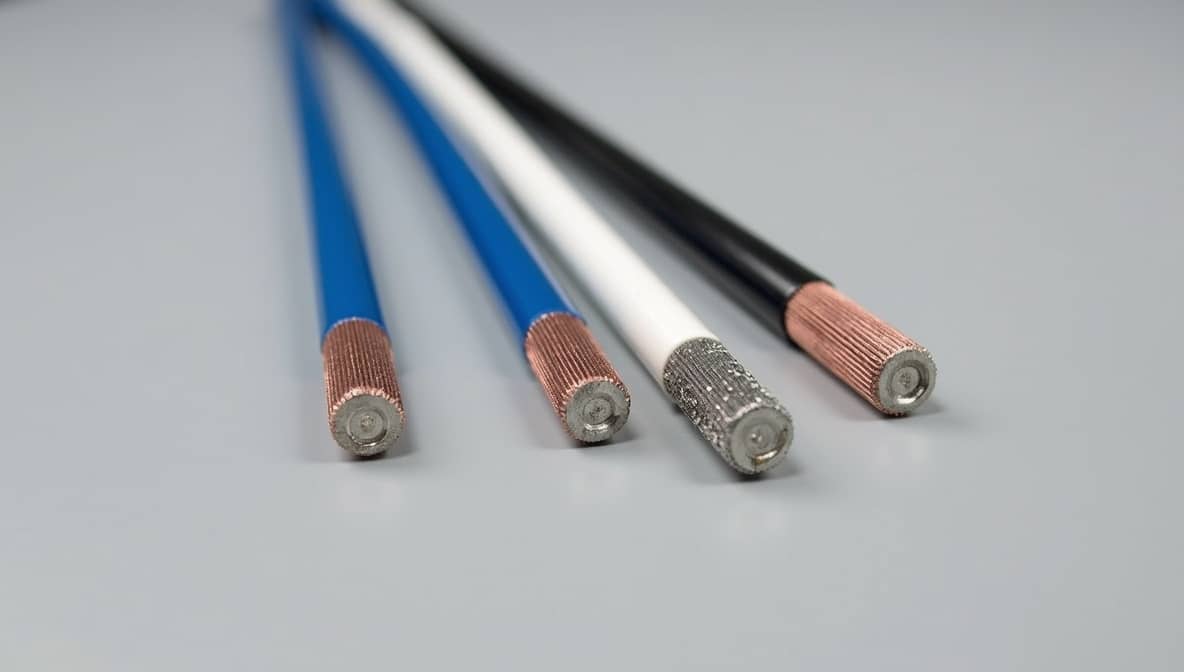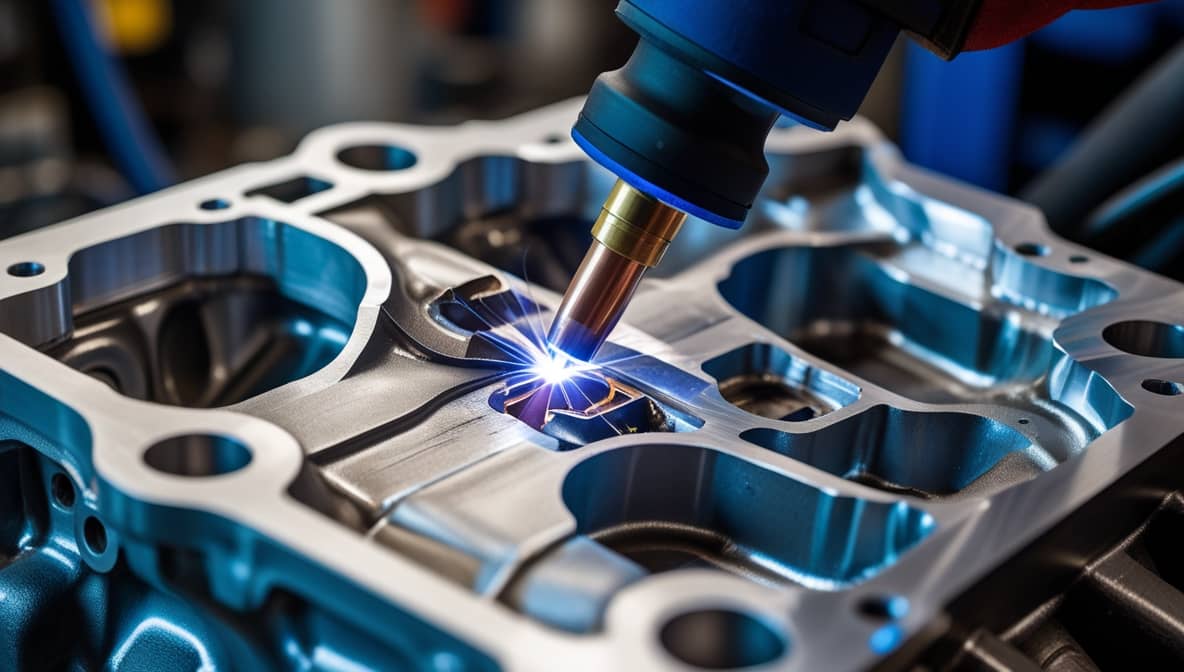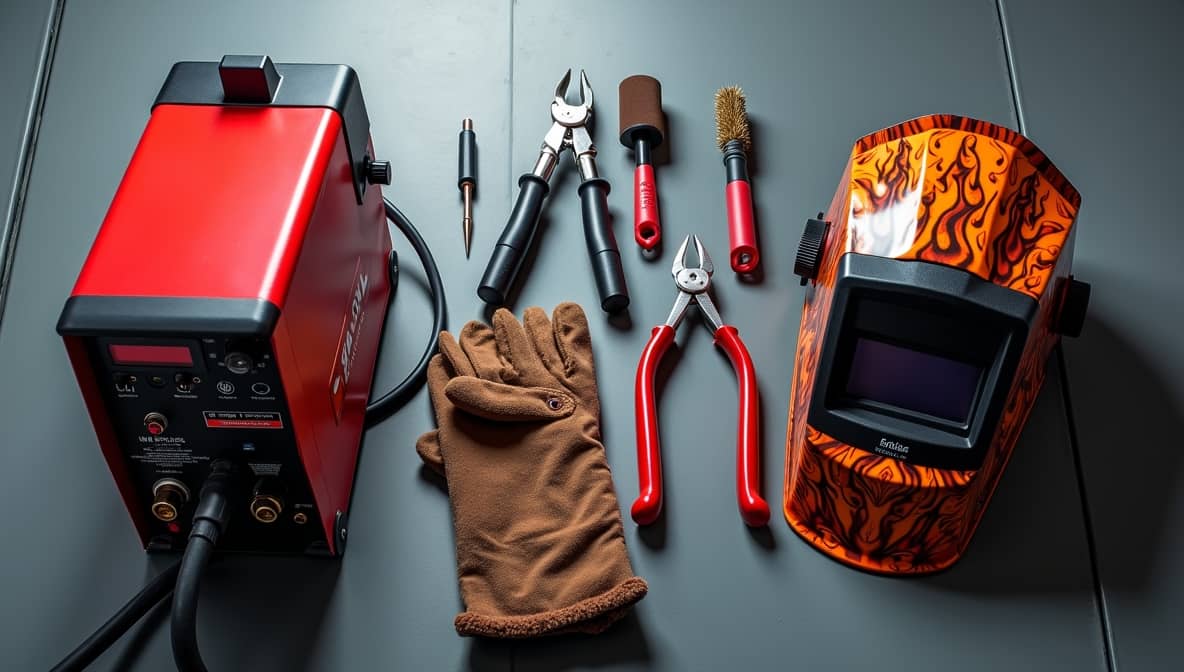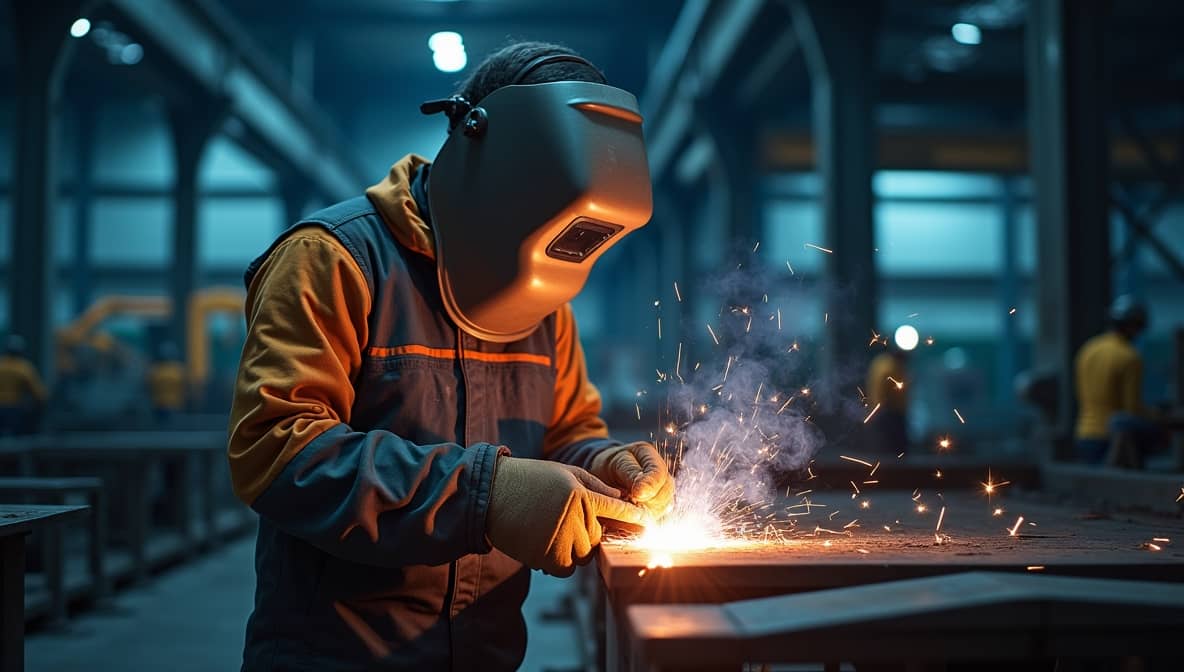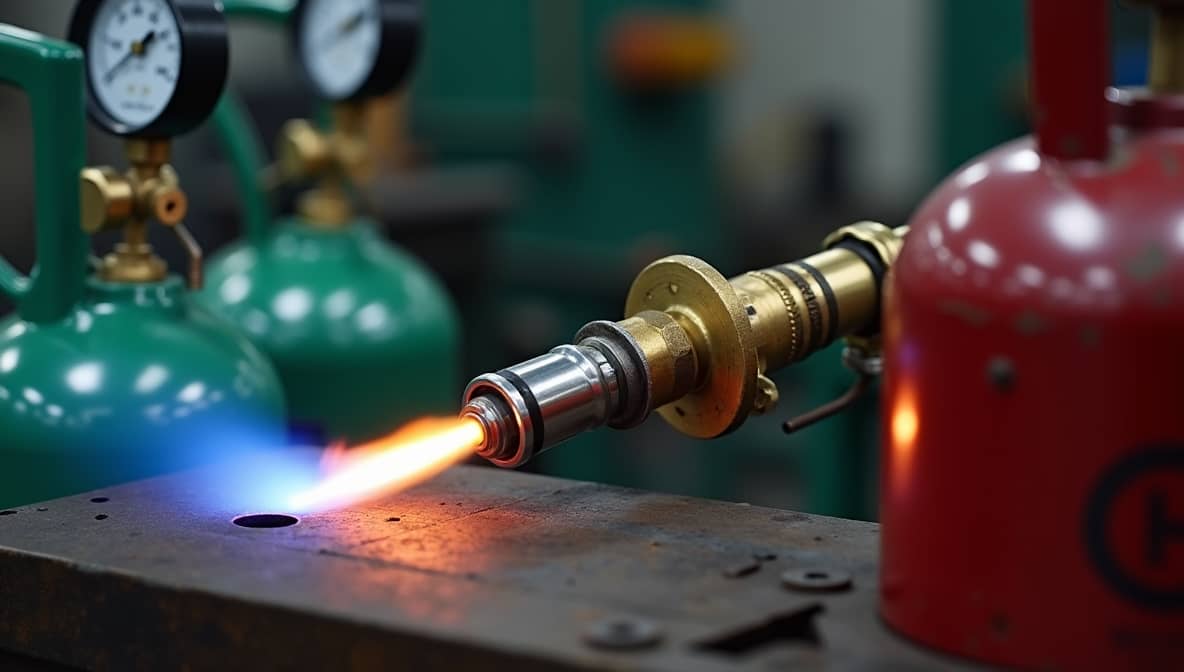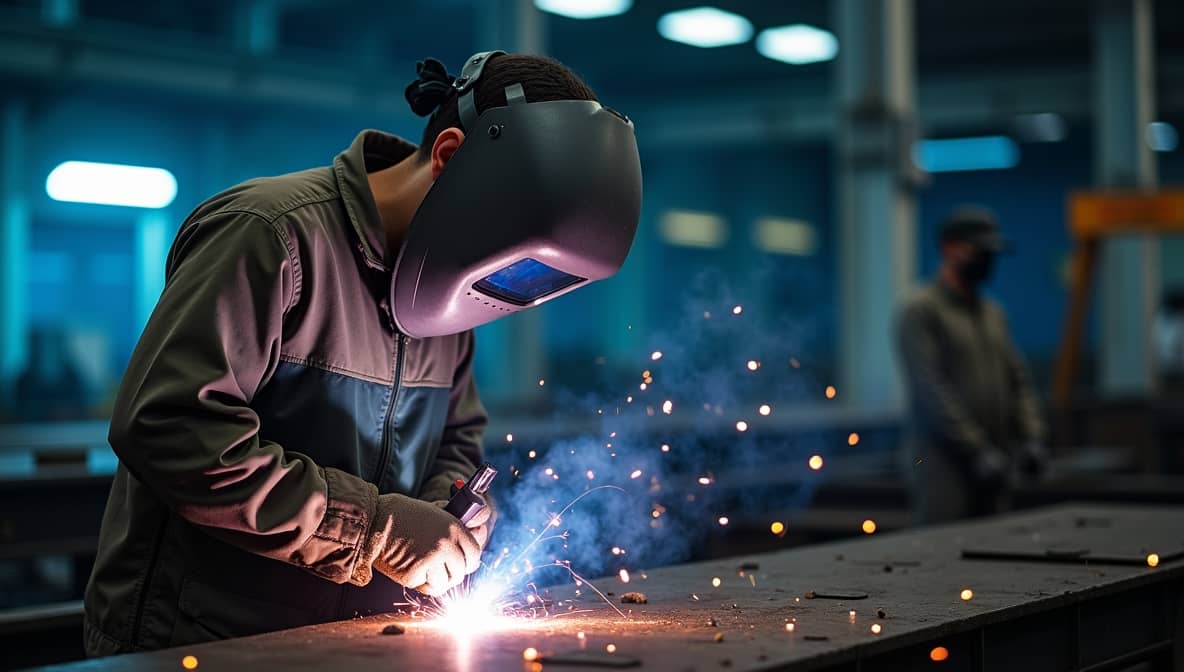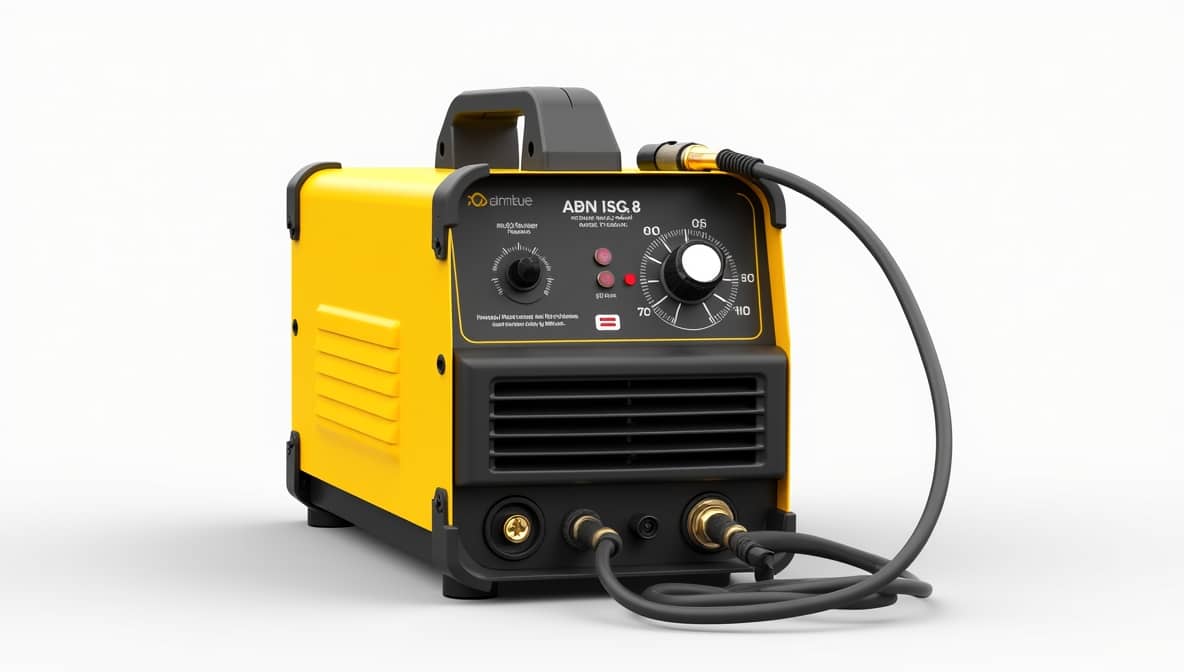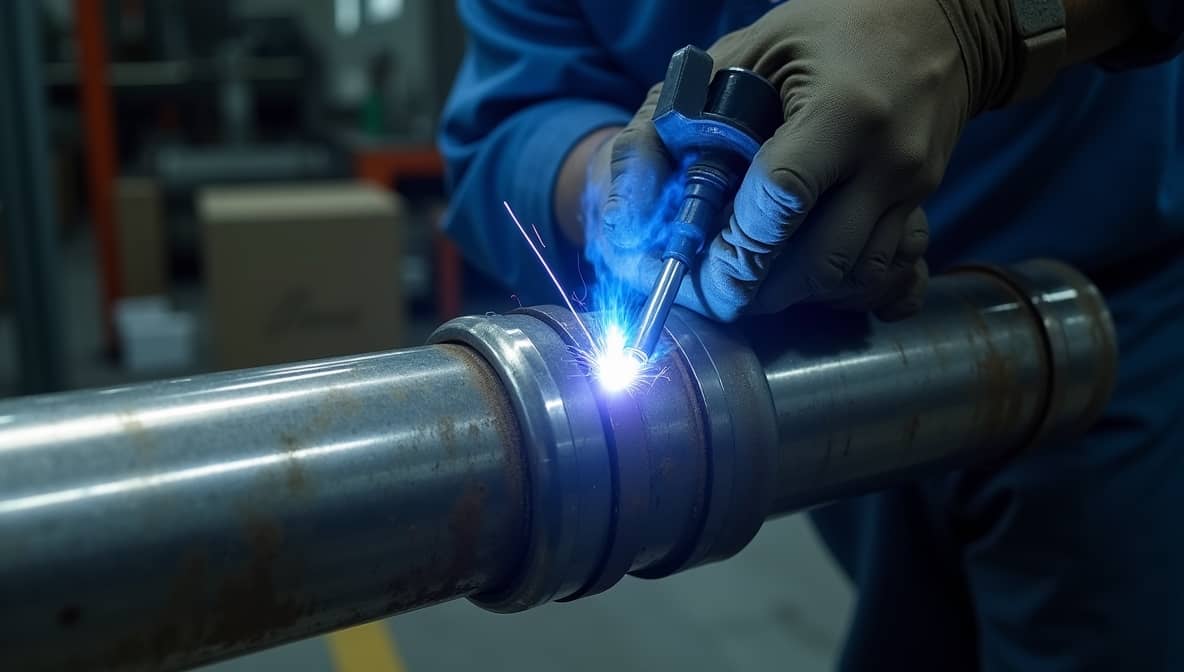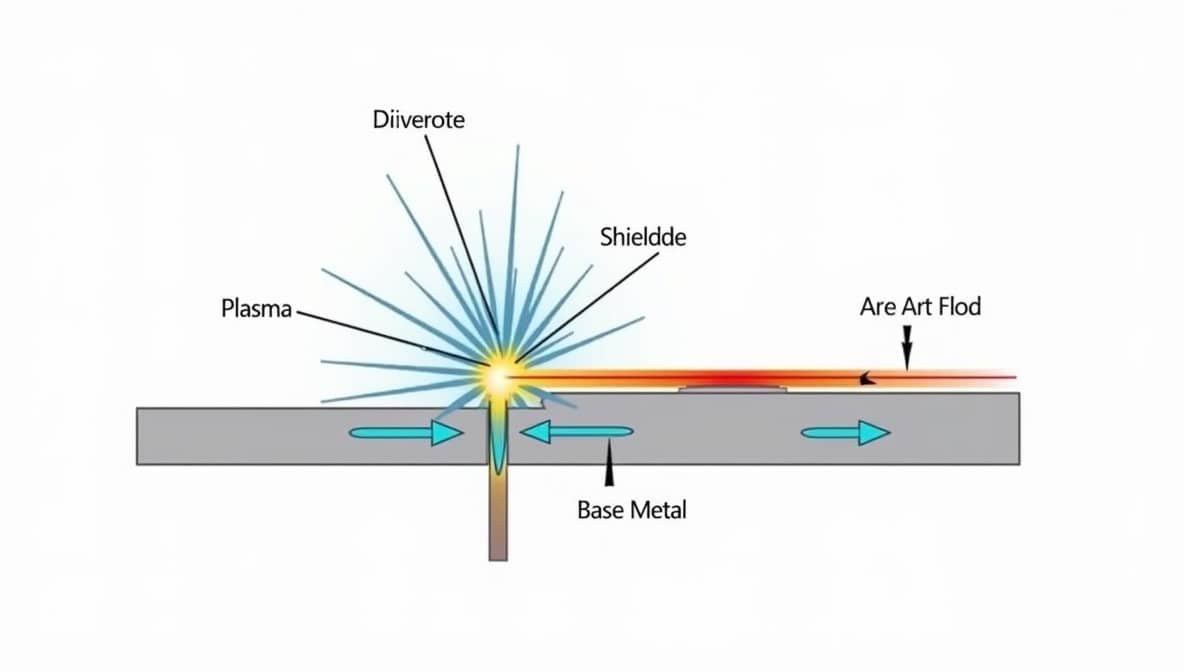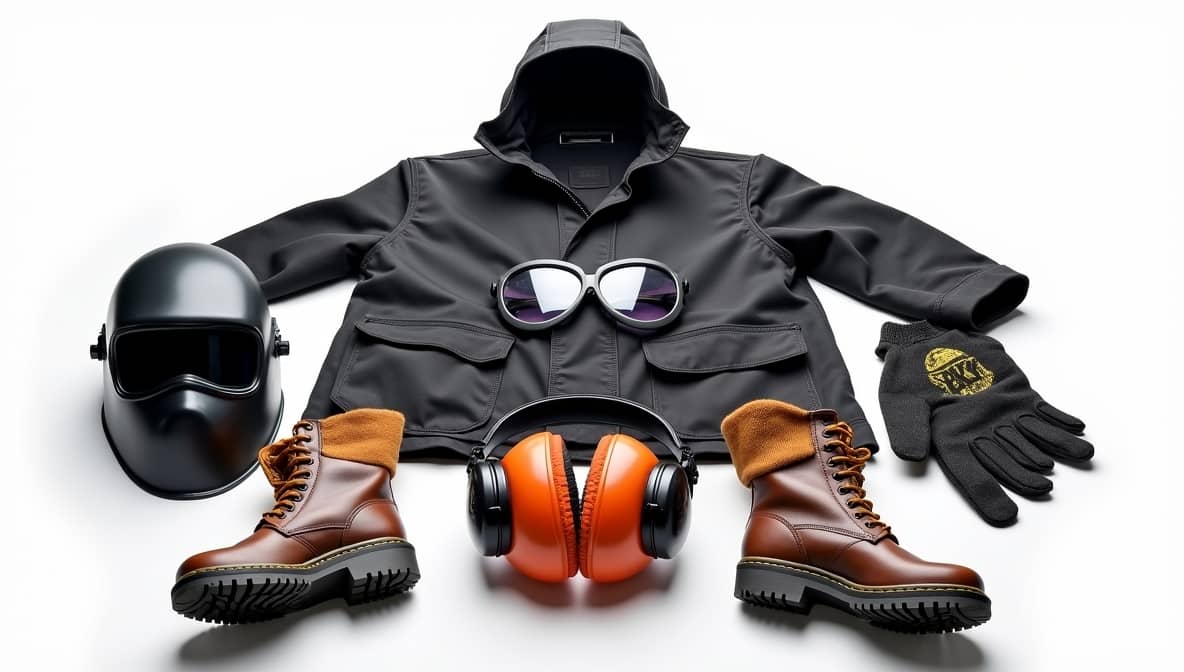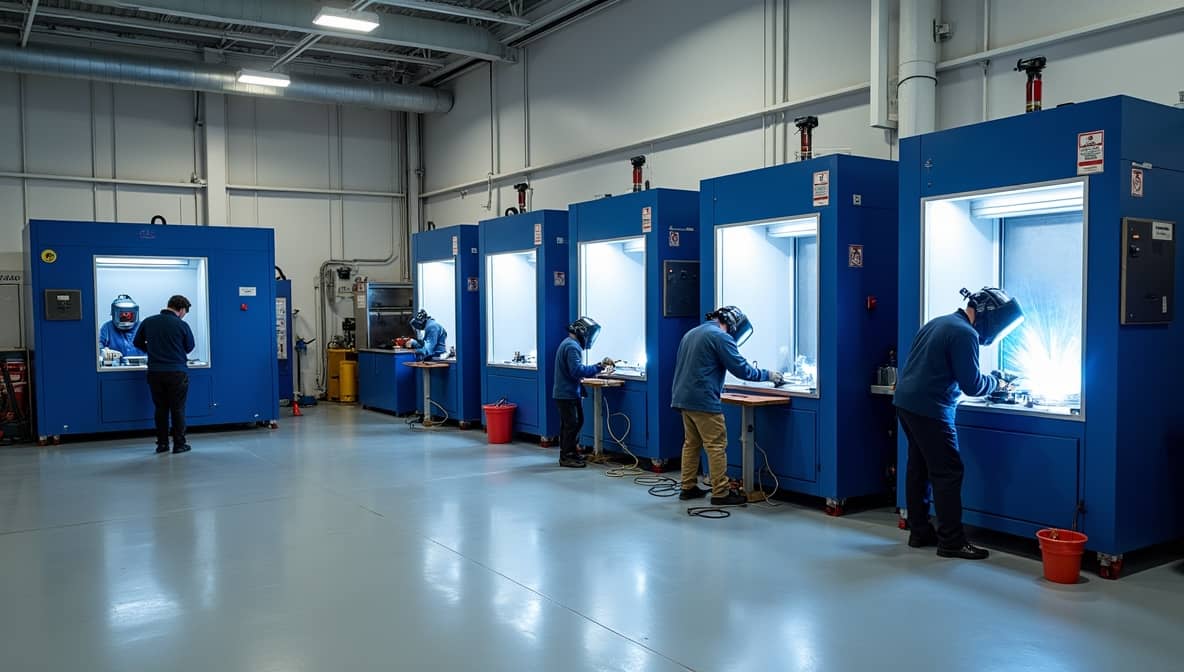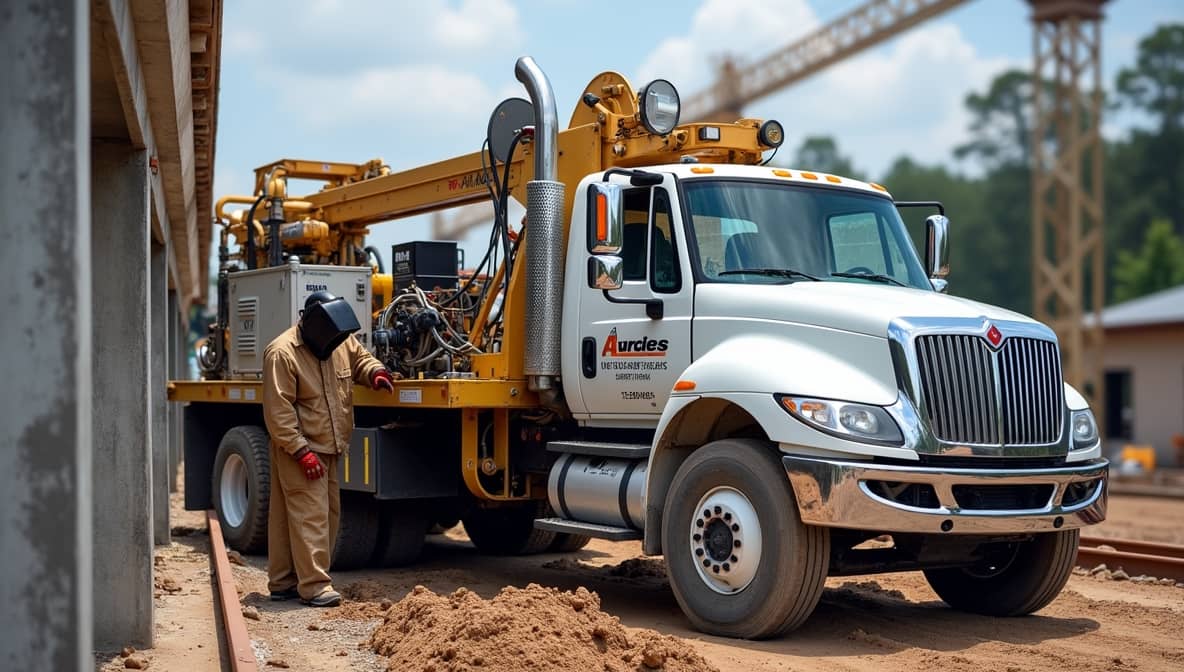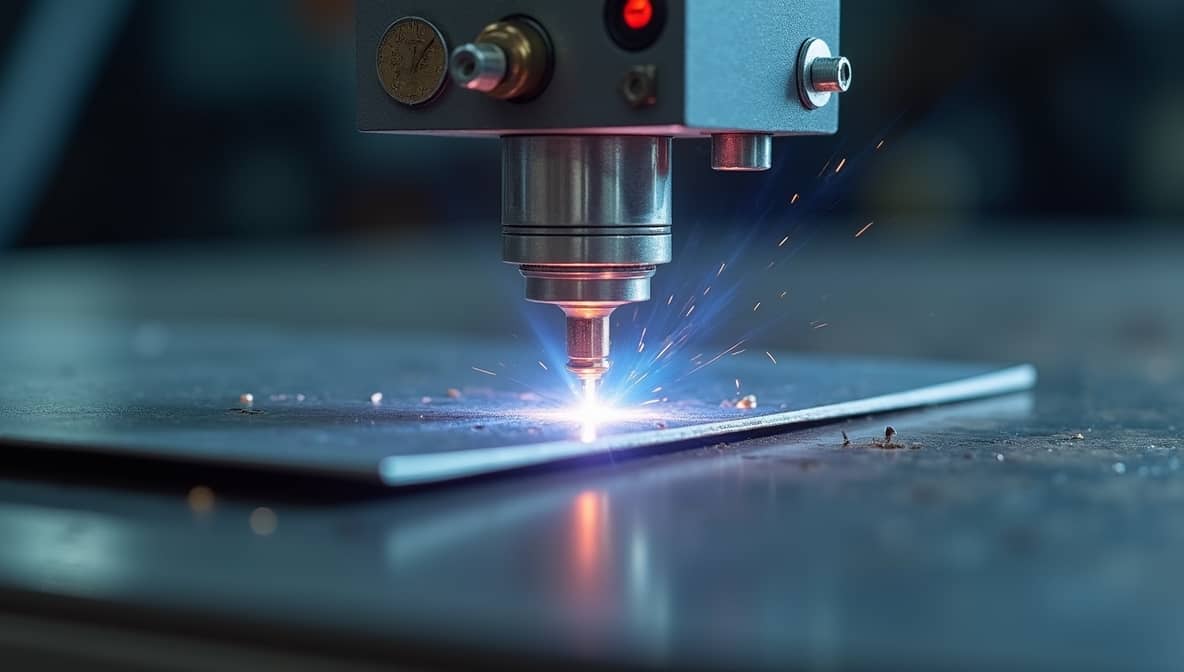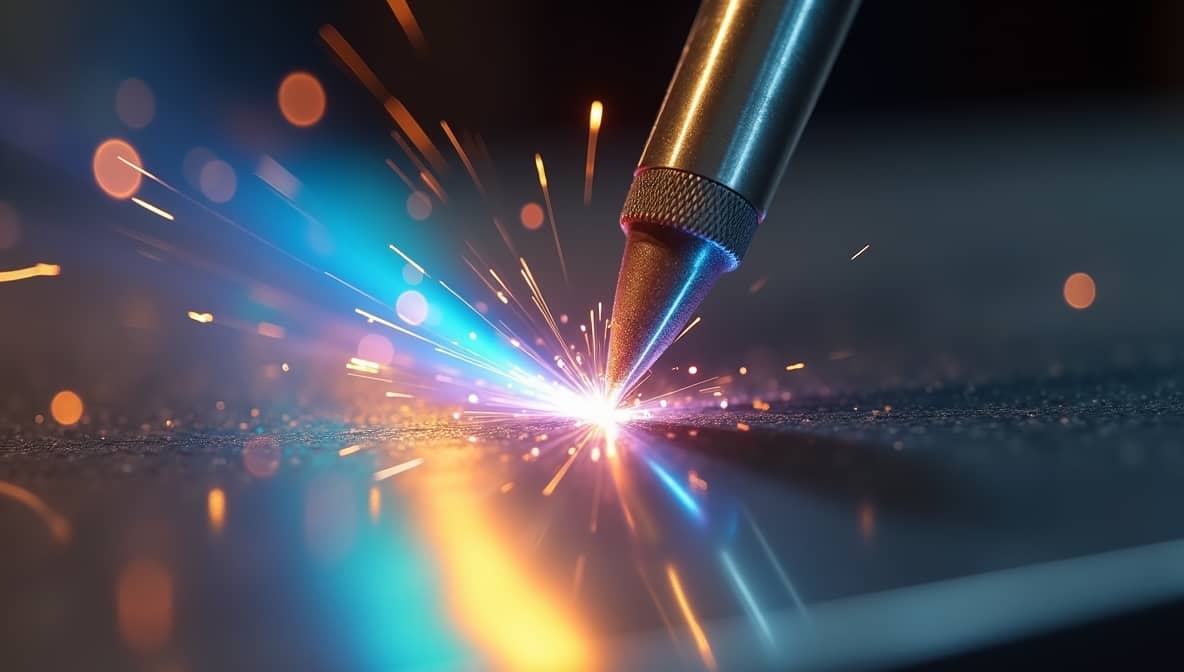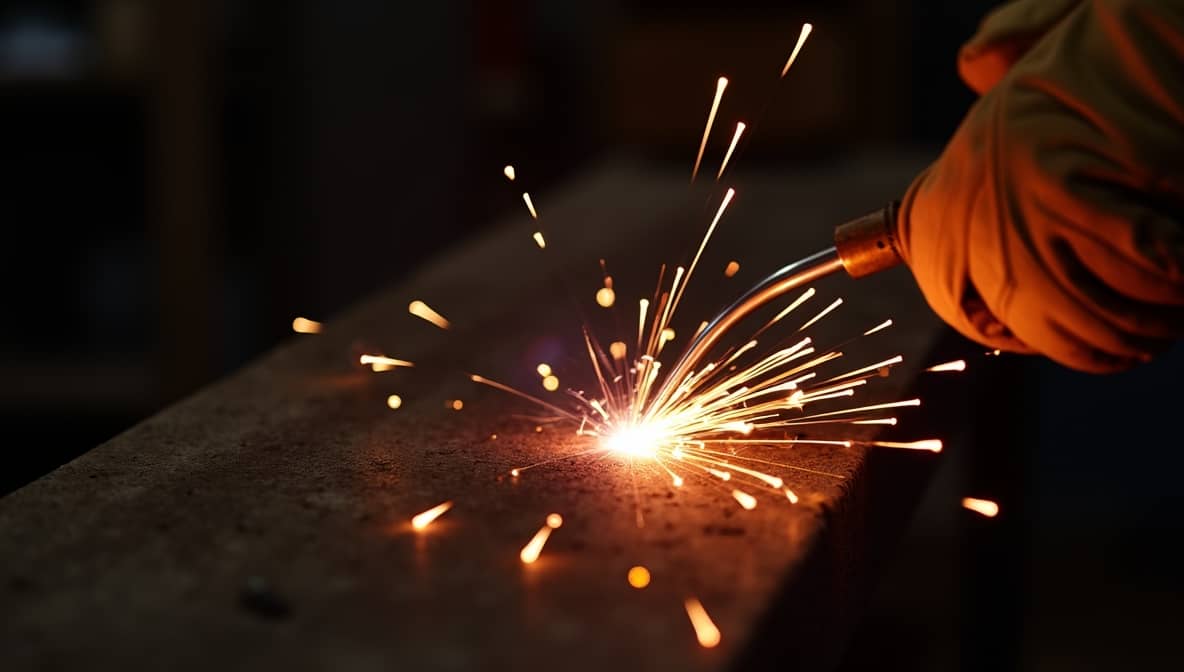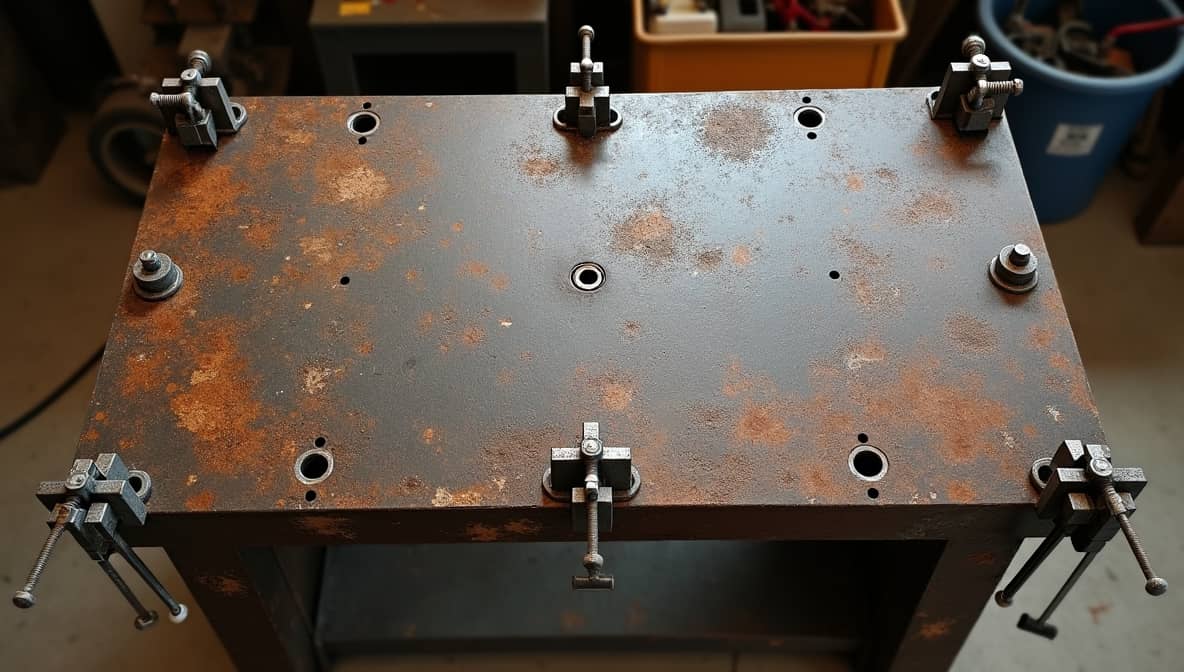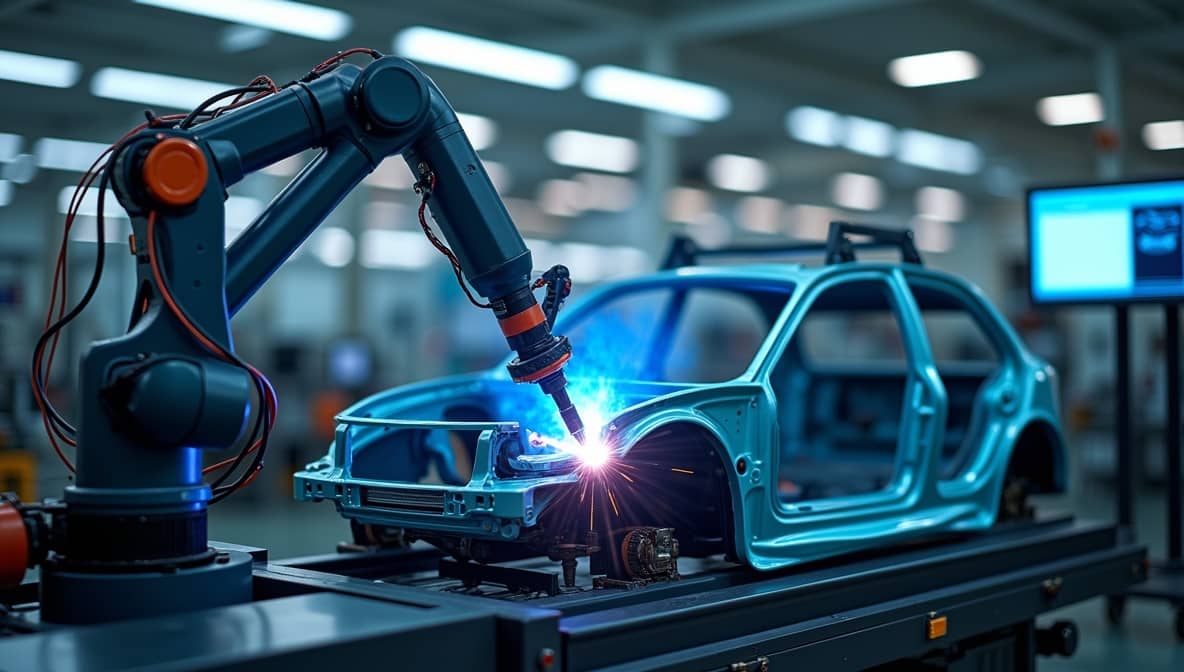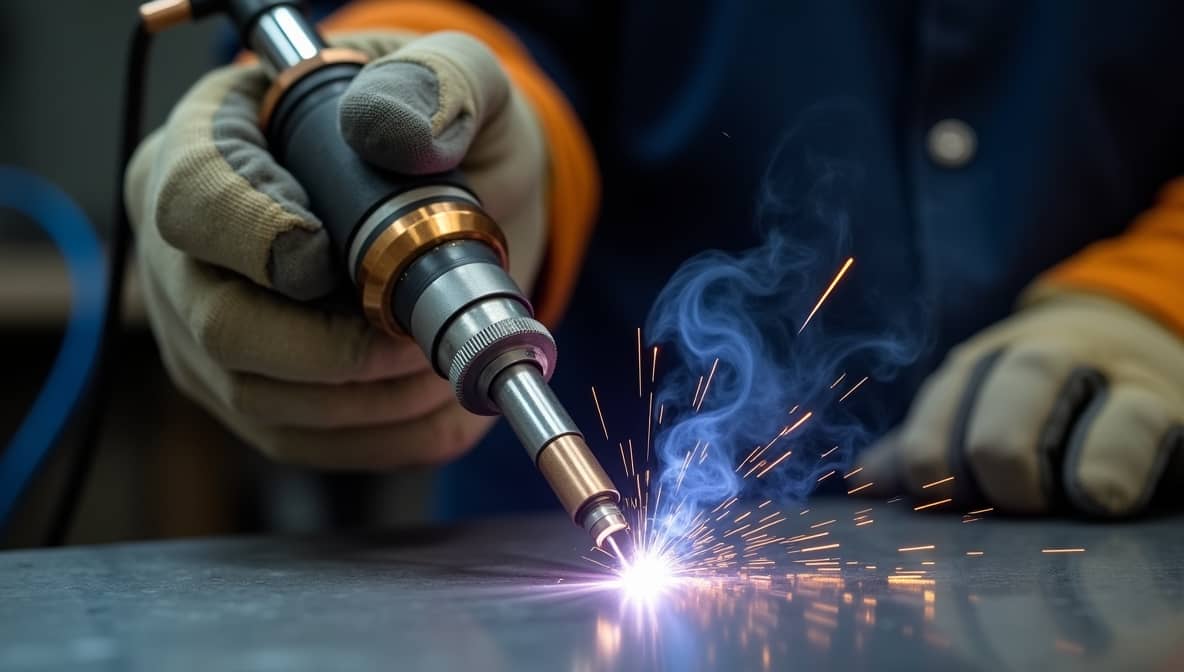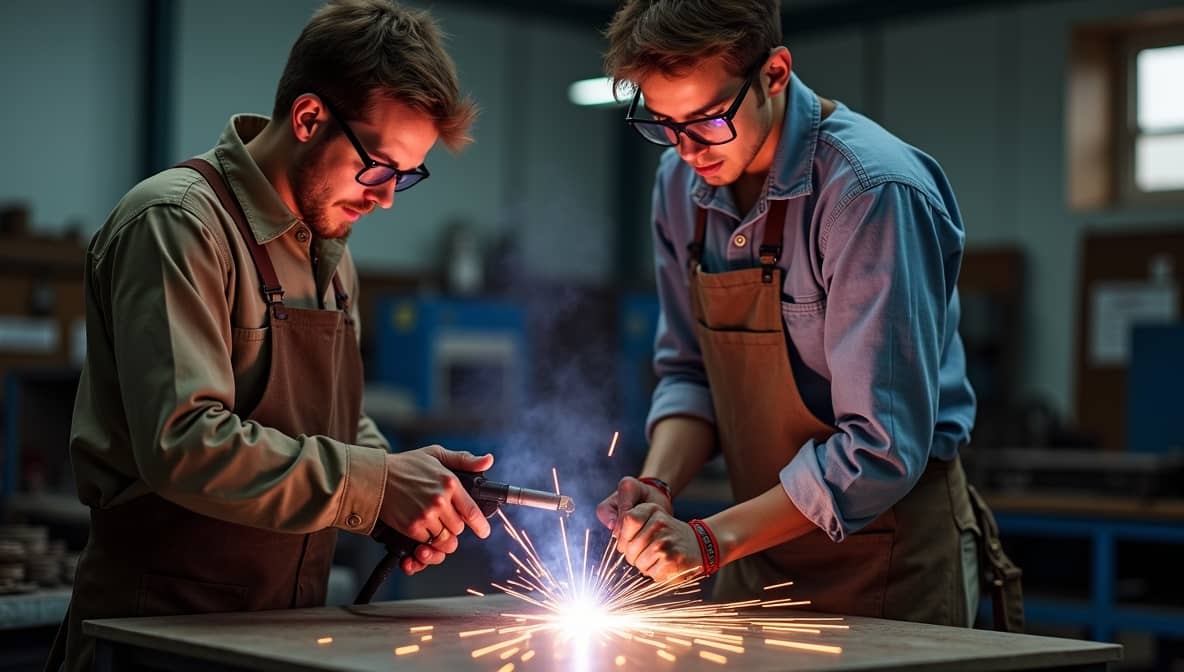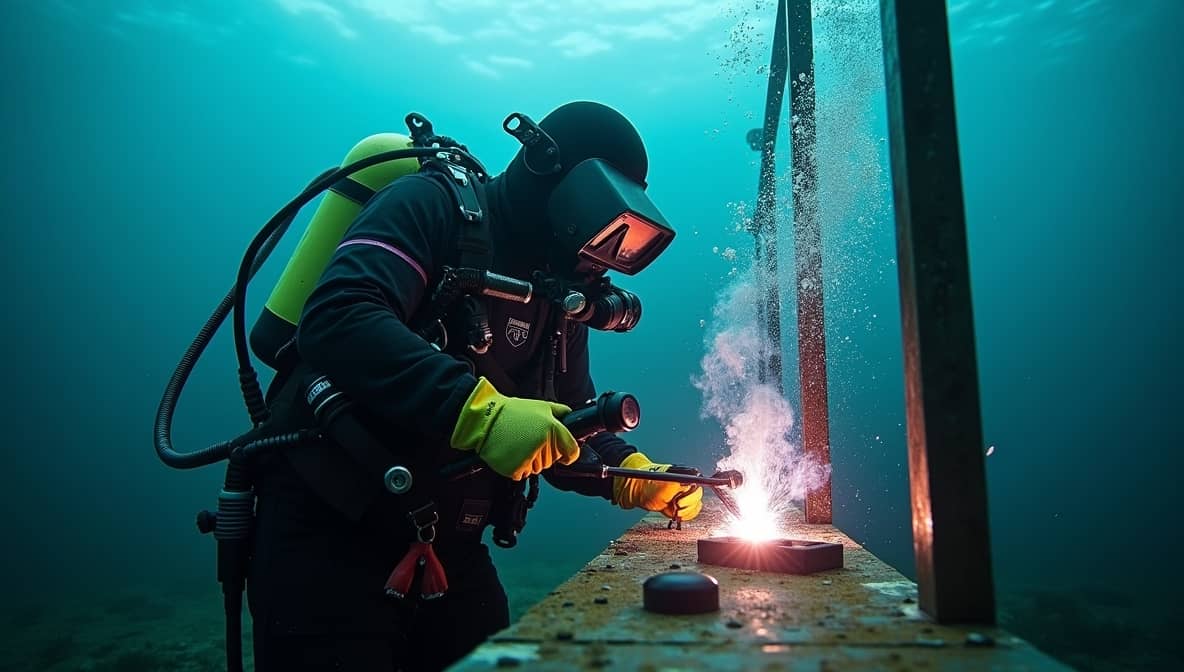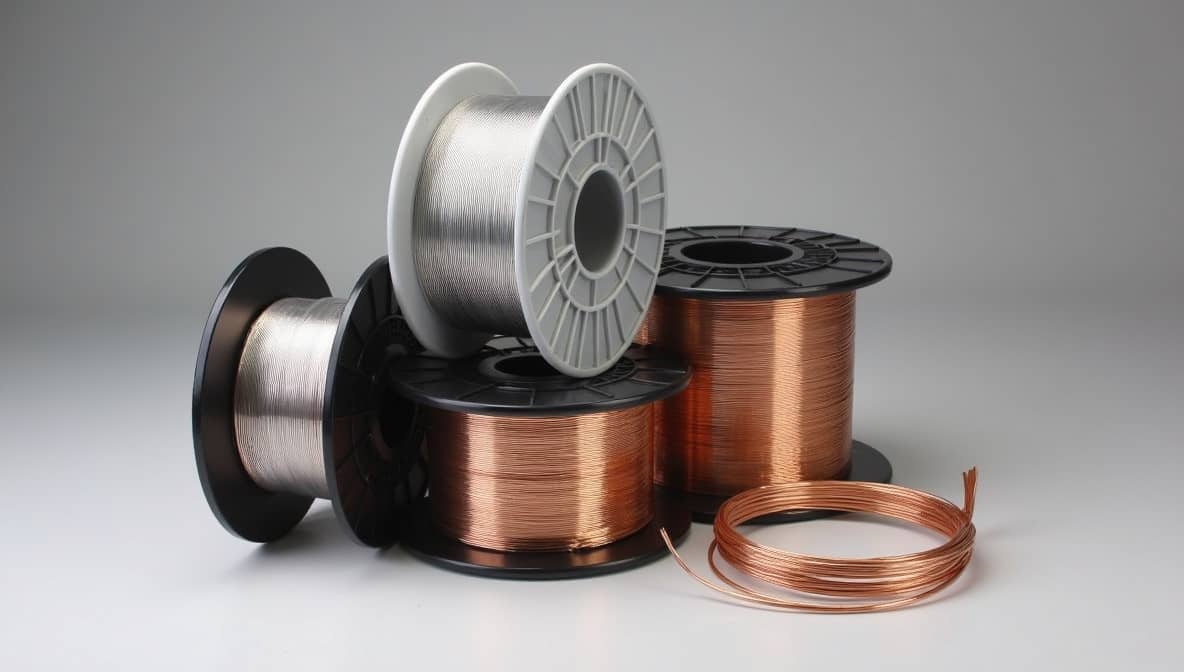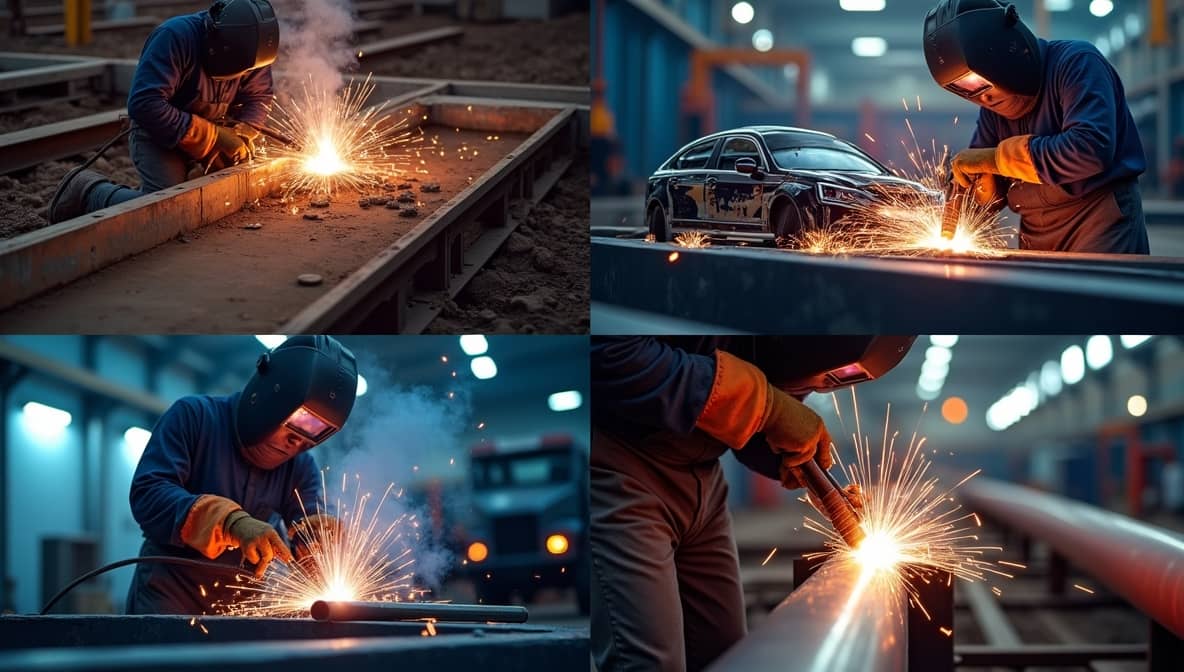Welding Wisdom for Professionals and Beginners Alike.
Start from herePrecision Welding Insights at Your Fingertips
Building Stronger Connections through Welding
Explore Welding
Discover comprehensive resources across all welding disciplines. From beginners looking to start their journey to professionals seeking advanced techniques, WeldingHubs has you covered.
Aluminum Welding
ExploreARC Welding
ExploreWelding Certificate
ExploreWelding Classes
ExploreElectrode
ExploreEngine Welding
ExploreWelding Equipment
ExploreFlux
ExploreGas Welding
ExploreHelmet
ExploreWelding Job
ExploreWelding Machine
ExploreMIG Welding
ExplorePipe Welding
ExploreWelding Process
ExploreSafety
ExploreWelding School
ExploreWelding Service
ExploreSpot Welding
ExploreStainless Welding
ExploreStick Welding
ExploreWelding Table
ExploreWelding Technology
ExploreTIG Welding
ExploreWelding Training
ExploreUnderwater Welding
ExploreWelding Wire
ExploreUses of Welding
ExploreLatest Articles
Copper vs. Aluminum for Welding Cables: Why Copper is the Best Choice Explained
Copper is better than aluminum for welding cables because it has higher electrical conductivity and lower resistivity. Copper offers greater mechanical strength and ductility, making it suitable for demanding scenarios….
Join Aluminum Without Welding: Best Techniques for Bonding Square Tubes at 90 Degrees
To join aluminum without a welder, follow these steps: 1. Use a propane torch to heat the aluminum. 2. Select suitable brazing rods. 3. Cut the aluminum tubing to the…
MIG Welding Aluminum: What Gas to Use and Essential Setup Tips
For MIG welding aluminum, argon and helium are the main gases used. Argon is the most common shielding gas, especially in pure form. It works well for aluminum sheets, particularly…
Aluminum Welding: Techniques, MIG vs. TIG, and What It’s Called Explained
Aluminum welding is called TIG welding, which stands for Gas Tungsten Arc Welding (GTAW). This process uses a tungsten electrode that does not melt. It employs argon or a mix…
MIG Welding Aluminum: Correct Polarity Setup Guide for Beginners and Troubleshooting
MIG welding aluminum needs electrode positive polarity. This choice improves weld quality. In flux-cored welding, electrode negative polarity is common. Always adjust the polarity switch on your wire feed welder…
Bonding Aluminum Without Welding: Best Techniques to Join Metal for Success
To bond aluminum without welding, choose strong adhesives like epoxy glue or super glue. Clean and roughen surfaces before applying the adhesive. Ensure an even application and let it cure…
Brazing vs Welding Aluminum: Strength Comparison and Technique Pros & Cons
Brazing and welding aluminum each have unique advantages. Brazing uses a filler metal at lower temperatures, which preserves the base metal’s strength. Welding melts the base metal, creating a strong…
Welding vs Brazing Aluminum: Strength Comparison, Techniques, and Applications
Welding and brazing aluminum have key differences. Welding melts the base metal and forms a strong joint, while brazing uses a filler metal at lower temperatures, without melting the base…
Aluminum Welding: What Type of Welding for Aluminum? MIG vs TIG Techniques for Beginners
Gas Tungsten Arc Welding (GTAW), or Tungsten Inert Gas (TIG) welding, is the best choice for precise aluminum welding. Metal Inert Gas (MIG) welding provides ease of use and speed….

